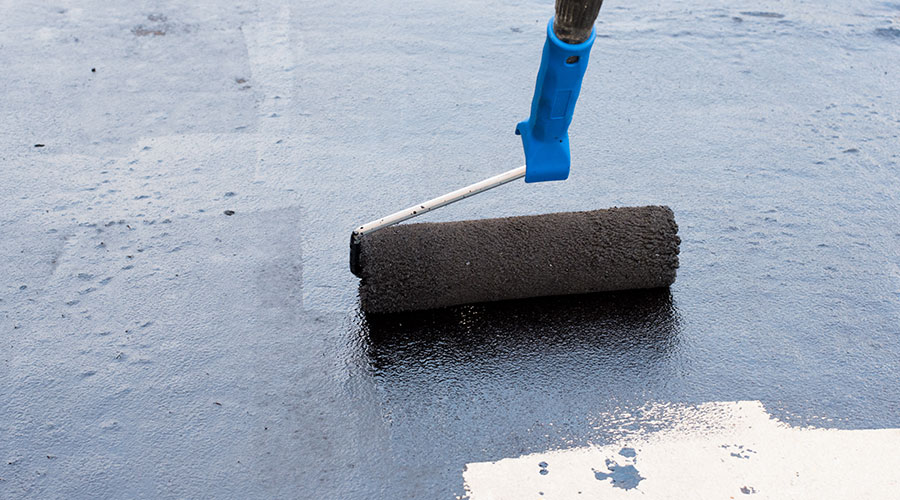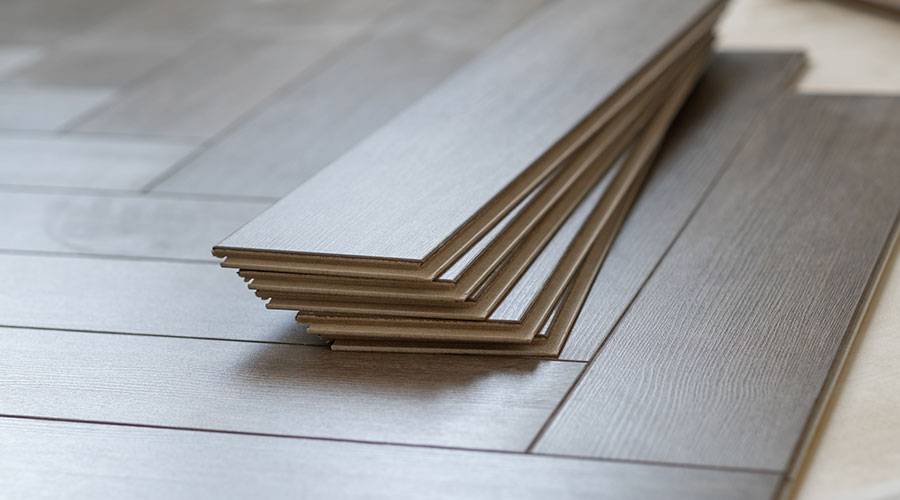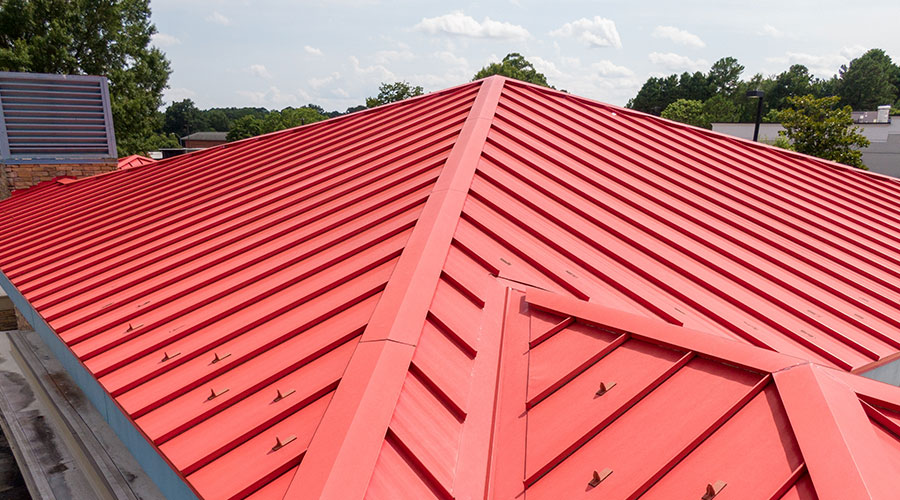Plan For Roof Replacement To Avoid Catastrophic Failure
No one wants to invest in a new roof when it's not needed, but nobody wants to deal with catastrophic roof failure, either. When maintenance efforts fail to keep pace with leaks and the roof approaches the end of the warranty period, it's probably time to consider roof replacement. Left untended, roof leaks can damage other building systems, including exterior walls, structural systems, and equipment, as well as interior fixtures and finishes. Leaks can also affect the comfort and health of building occupants.
Replacing an aging roof assembly before problems arise may seem foolhardy, but in reality, it's fiscally responsible. By protecting interrelated building elements from water damage, planned roof replacement can actually save money in the long run. Advance planning allows time to consider available options, so as to make the best choice for the building needs and available budget.
When planning for replacement, it is important to research available options and discuss the pros and cons of different systems with a design professional experienced in roof rehabilitation. Points to consider include roof types and systems, up-front and long-term costs, ease of installation, durability and expected lifespan, and maintenance requirements. Other factors to take into consideration may include downtime during the reroofing project, odors and inconvenience to occupants, energy cost savings that might be realized from the new system, and the accessibility of roof areas to maintenance personnel.
Don't be tempted to forgo roof investigation and hire a contractor to re-install the same system — or one that is most familiar to or profitable for the installer. A professional investigation aids in establishing code compliance and compatibility of roof systems under consideration with the existing structure. Comprehensive roof surveys also allow the architect or engineer to consider the impact of roof intersections, penetrations, terminations, and transitions on roof system selection.
Make Time For The Roof
With so many demands vying for a facility manager's time and attention, it can be easy to relegate building elements out of sight of occupants to the bottom of the "to-do" list. However, waiting to replace a roof until tenants resort to placing buckets under the ceiling incurs more than just the cost of a new roof; owners may also suffer the expense of finding new tenants.
Reroofing is disruptive and costly. But unchecked leaks are even more so. When the downsides of deferred maintenance are taken into consideration, it makes good financial sense to invest time in routine inspections and prompt repairs. Taking stock of roof system conditions on a regular basis allows facility managers to identify and resolve incipient roof distress, before damage and costs spiral out of hand. Conscientious record-keeping also provides the data needed to prioritize roof areas for repair and replacement. With a proactive and organized approach towards maintenance and management, roof systems last longer, perform better, and follow a predictable lifespan trajectory. Now that's peace of mind.
Arthur L. Sanders, AIA, is senior vice president with Hoffmann Architects, Inc. He leads project teams in the development of roof maintenance protocols and in the diagnosis and resolution of roofing distress.
Erin L. Aichler, Assoc. AIA, is project manager at Hoffmann Architects. She guides diverse clients through the roof investigation and design process.
Related Topics:














